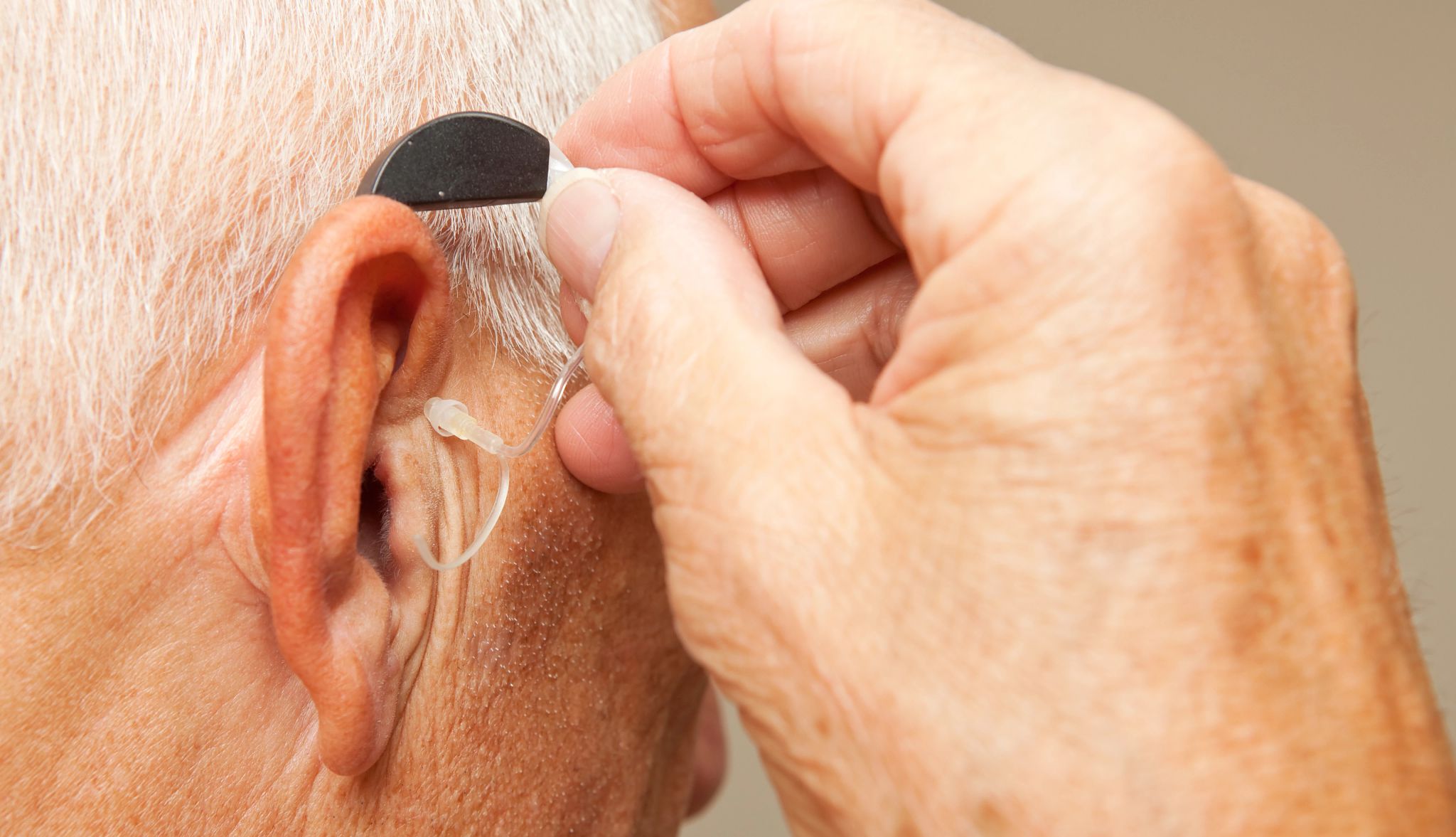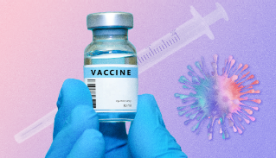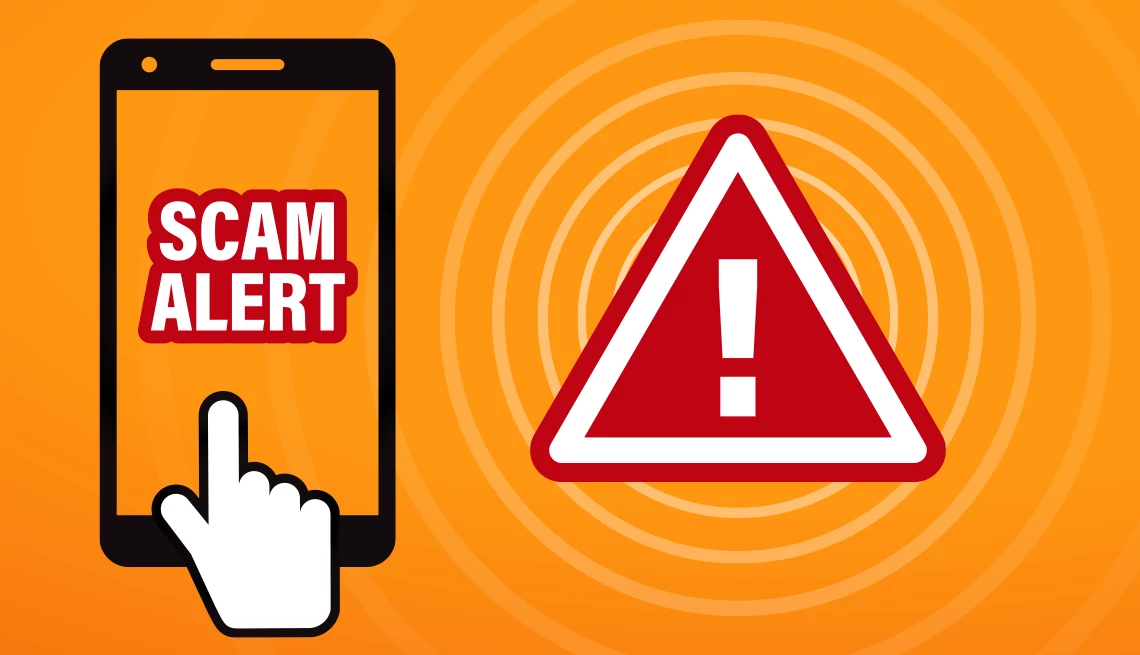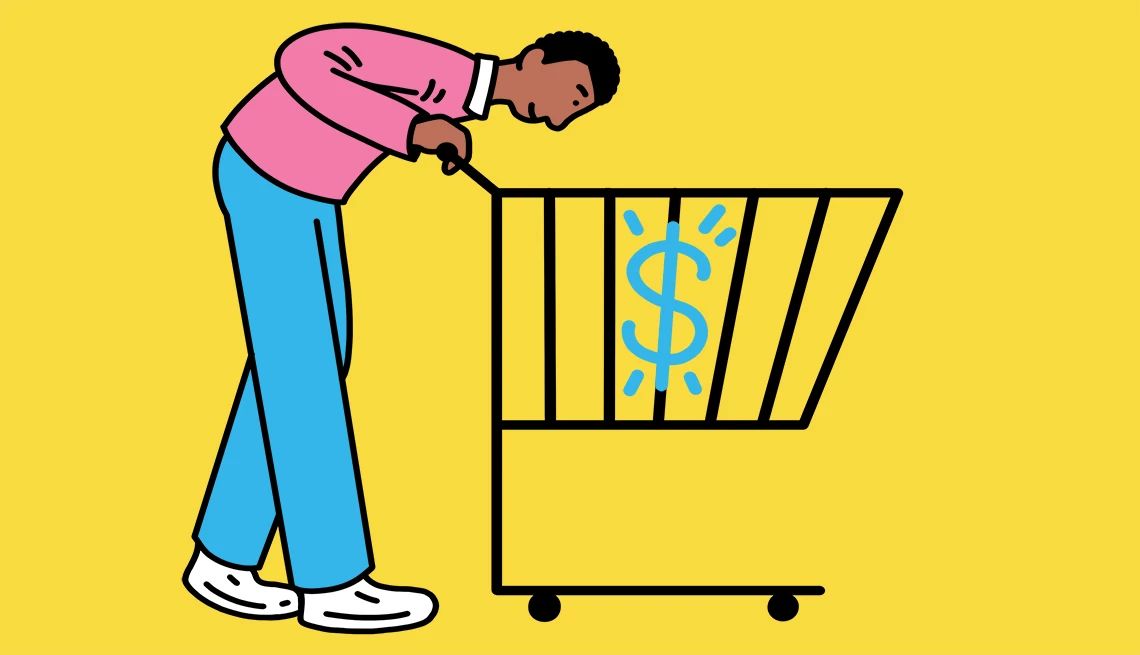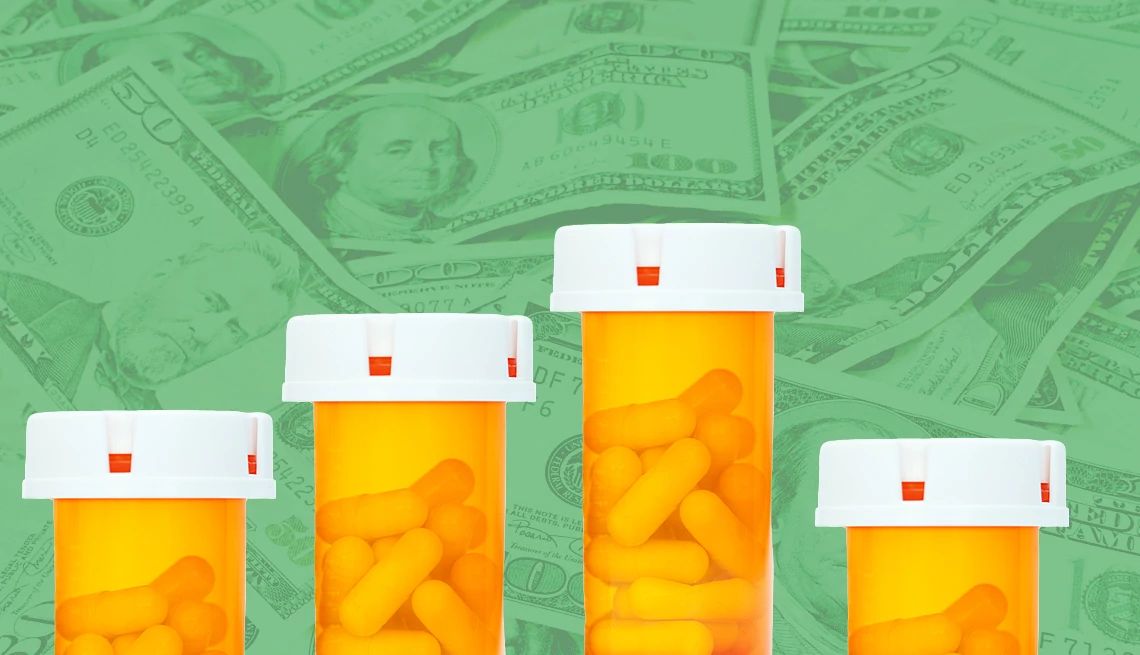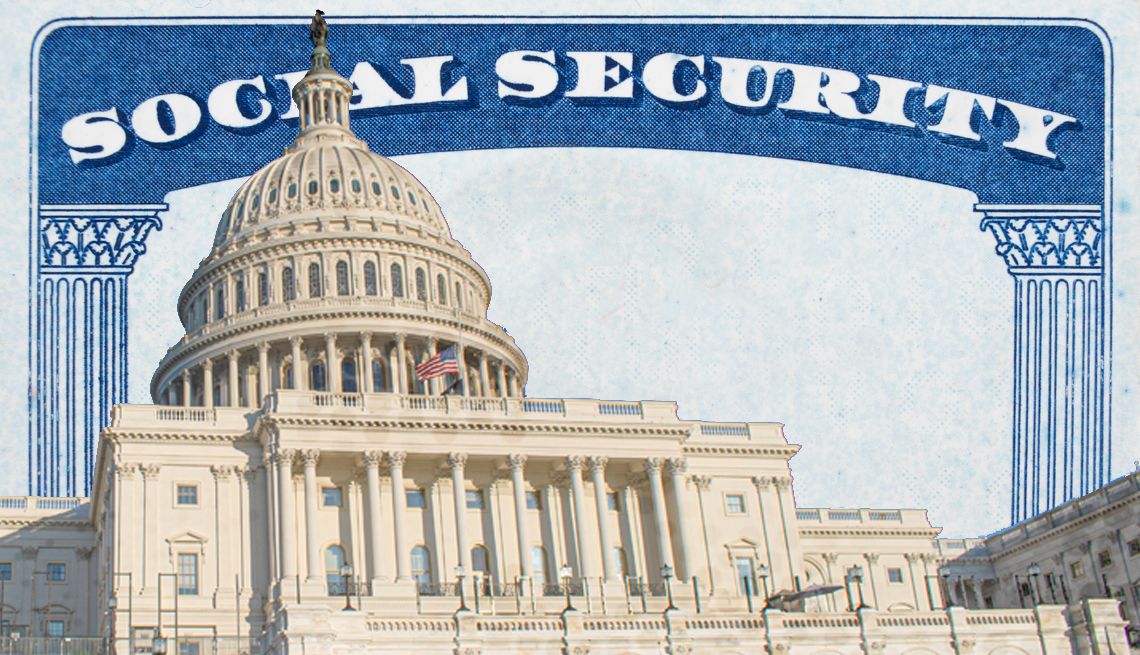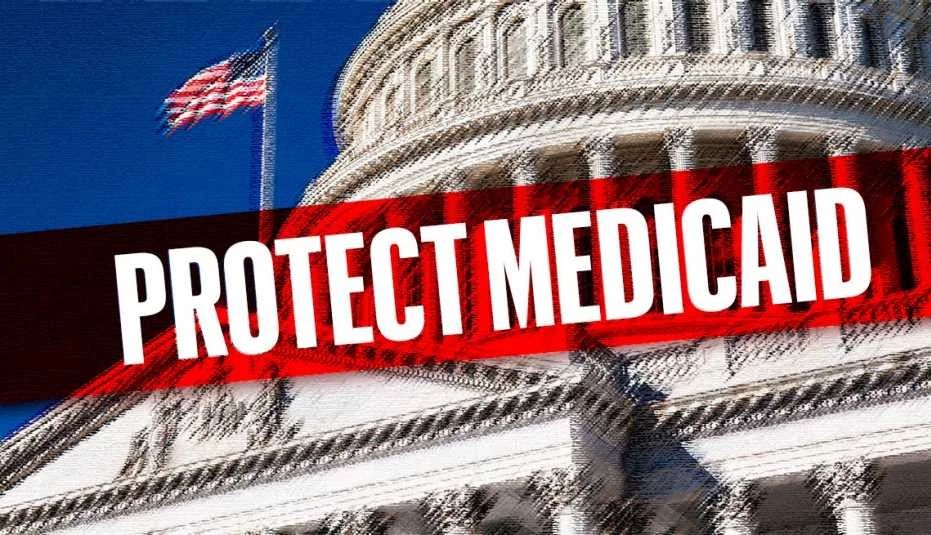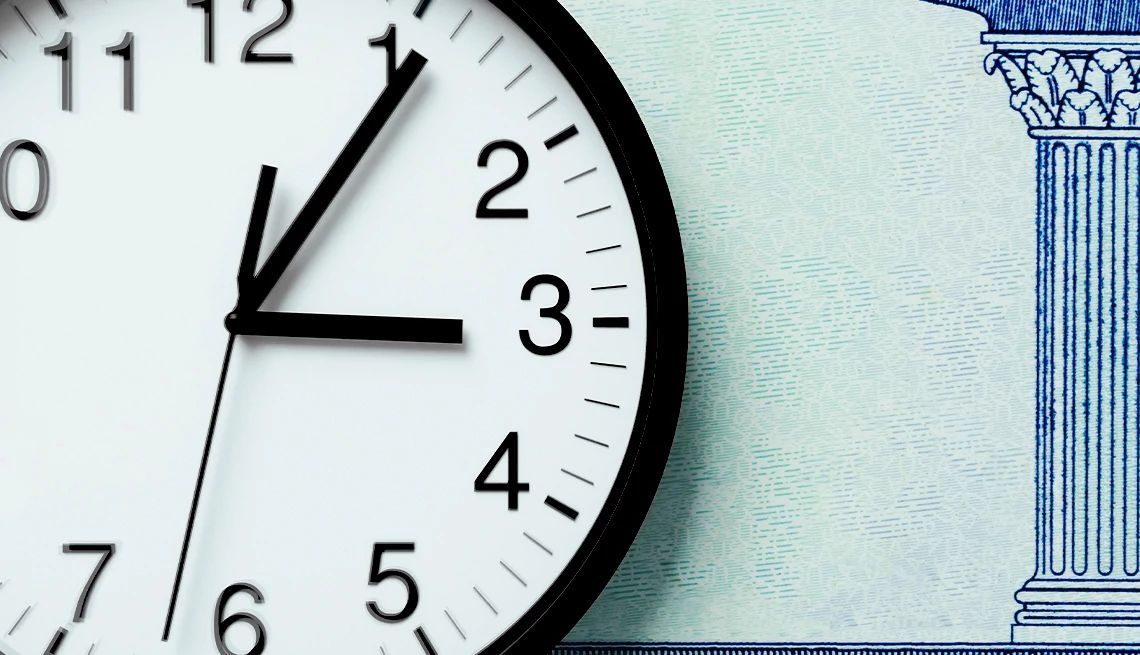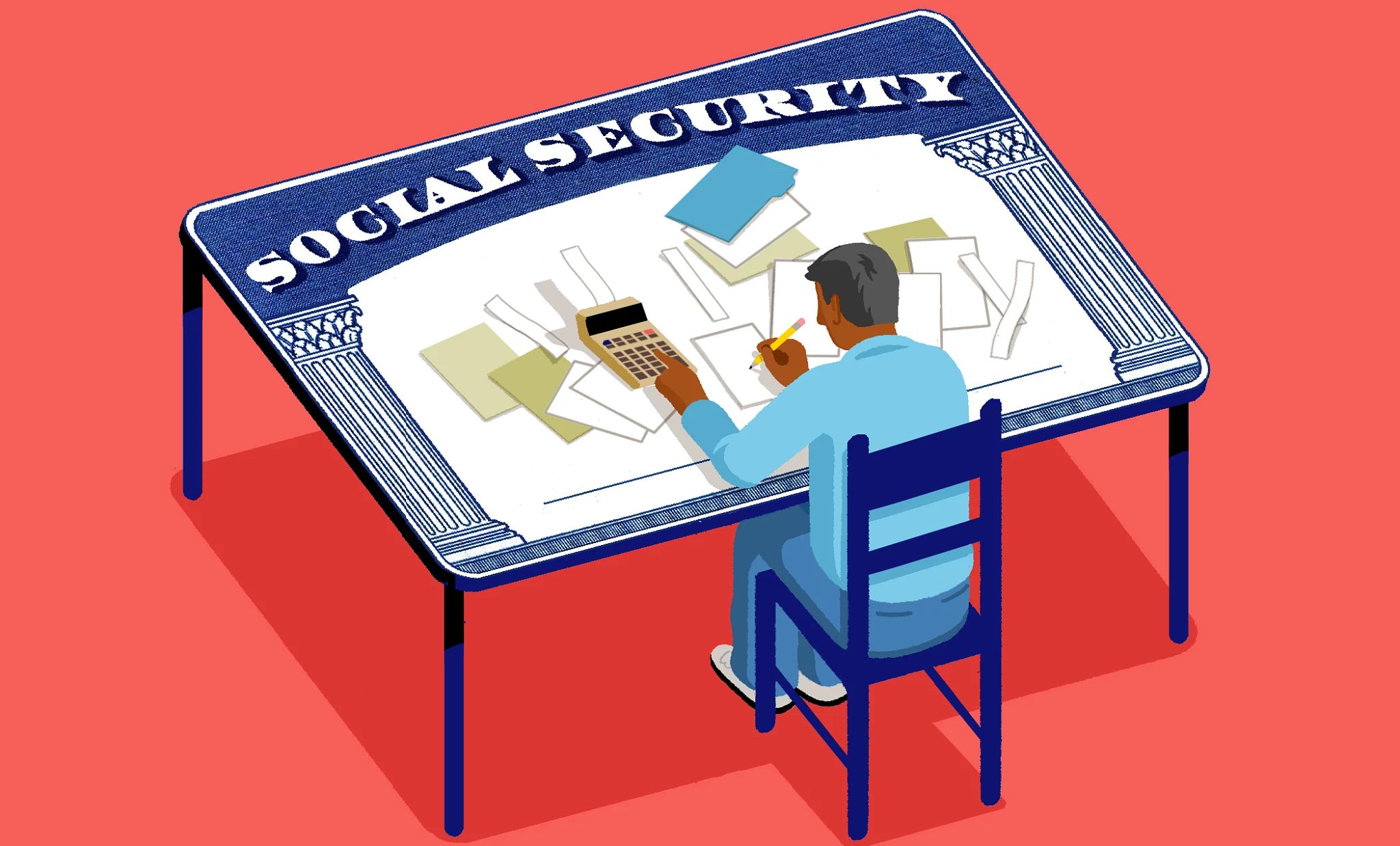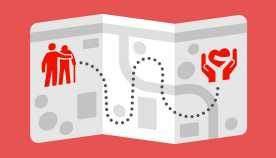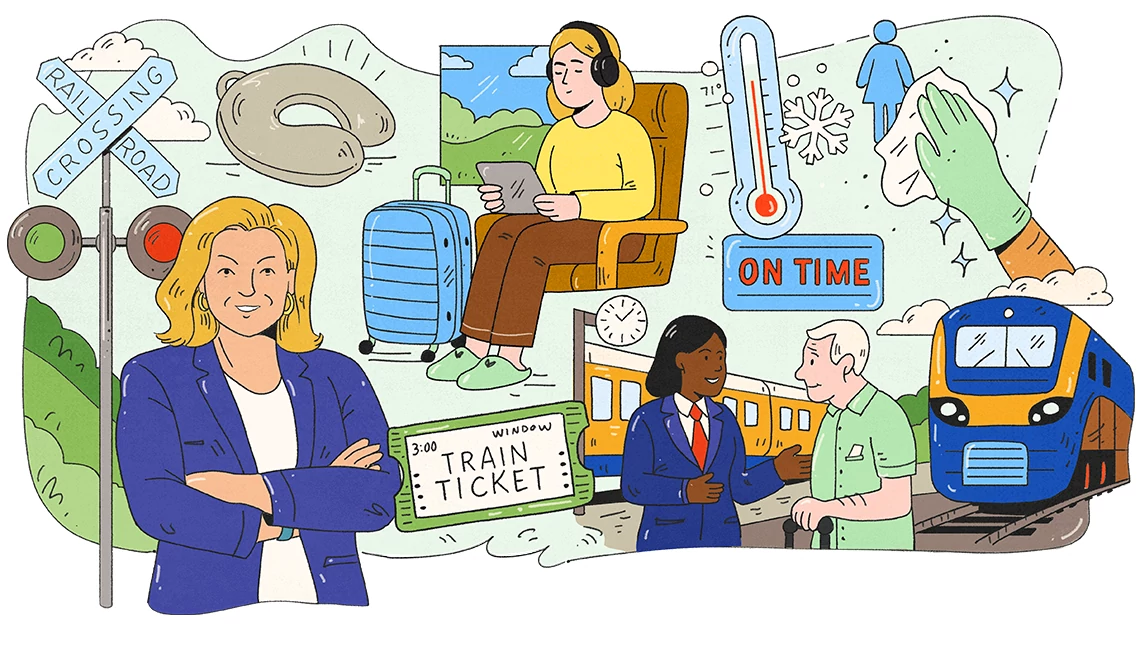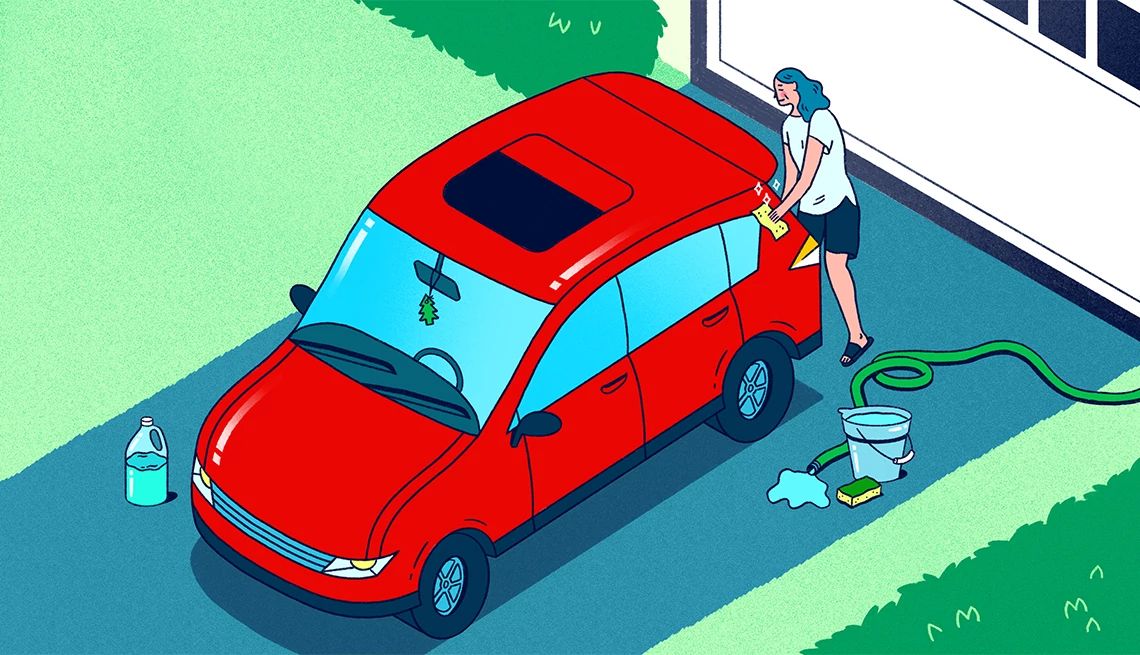AARP Hearing Center
CLOSE ×
Search
Popular Searches
- right_container
- Health
- Money
- Work & Jobs
- Advocacy
- Social Security
- Medicare
- Caregiving
- Games
- Travel
- More...
- Entertainment & Style
- Family & Relationships
- Personal Tech
- Home & Living
- Auto
- Staying Sharp
- Podcasts
- Videos
Most of the 1.2 million people living with HIV in the United States are now over the age of 50, and more than 175,000 are over the age of 65. For many people who were diagnosed prior to the introduction of revolutionary highly active antiretroviral therapy, life expectancy was measured in months,…
Surveys illuminate people’s preferences for aging in place and reforms that promote more supply
A recent report by the influential Medicare Payment Advisory Commission (MedPAC) — the independent agency that advises Congress on Medicare policy — finds that Medicare pays 20 percent more per enrollee in a private Medicare Advantage (MA) plan than it would if that same individual was instead…
Transportation experts foresee a future in which shared mobility and autonomous vehicles (AVs) set off a revolution in the transportation sector.
Fifteen years ago, this week, we proposed the Automatic IRA as a way to boost retirement saving among the multitudes of American workers – now numbering roughly 55 million – who have no retirement plan at work.
It's time for a national vision for housing, with policies that make housing more affordable and account for both historic disparities and changing population needs.
Health coverage is unaffordable for many older adults. Extending tax credits would help.
The TDS is vital to facilitating the integration of human services transportation with emerging MaaS platforms.
The effects of long-term unemployment on workers and the economy can be long-lasting.
The coronavirus pandemic dominated our Thinking Policy blog in 2020, just as it dominated everyone’s lives.
In the four weeks from October 19 to November 15, the number of deaths increased by two-thirds, and the number of new cases doubled compared to the previous four weeks.
Multigenerational teams perform better, earn more, and provide more worker satisfaction. And it is precisely the business case needed by employers.
To support states both in dealing with the crisis in nursing homes and shaping the future of LTSS, the AARP Public Policy Institute (PPI) has created and released three tools this fall: the Nursing Home COVID-19 Dashboard, the LTSS State Scorecard, and the LTSS Choices series.
Search AARP Blogs
Recent Posts




